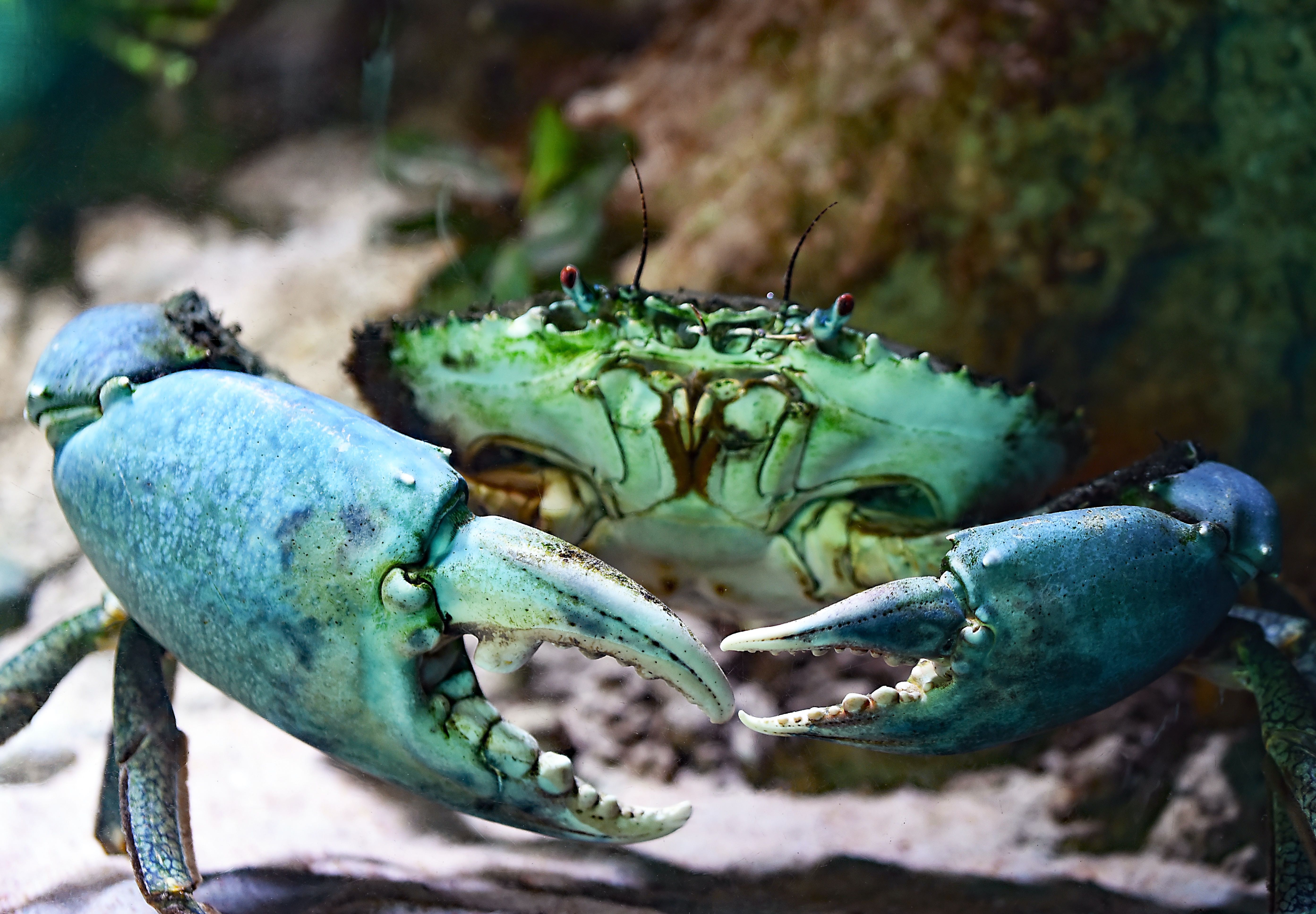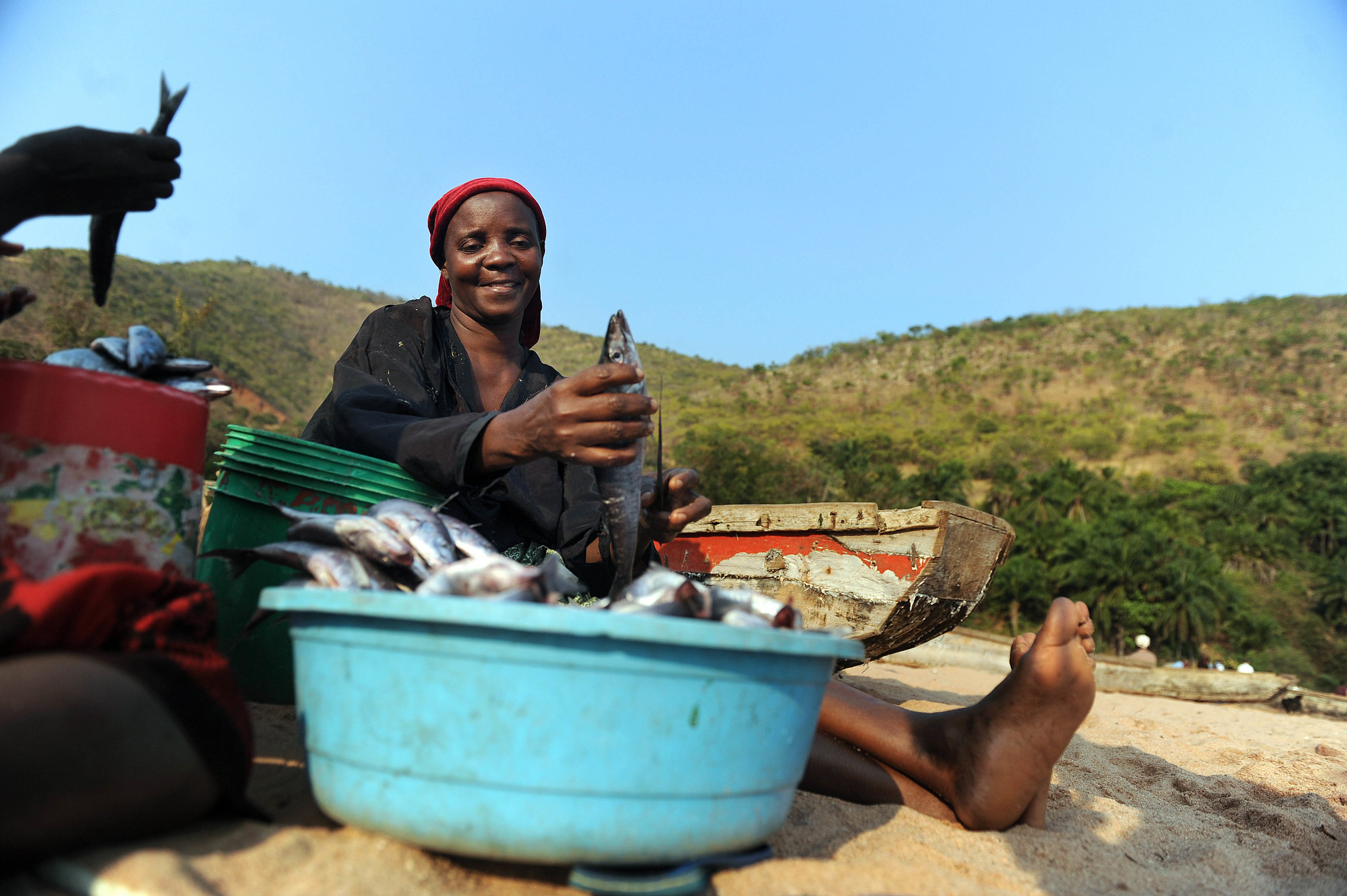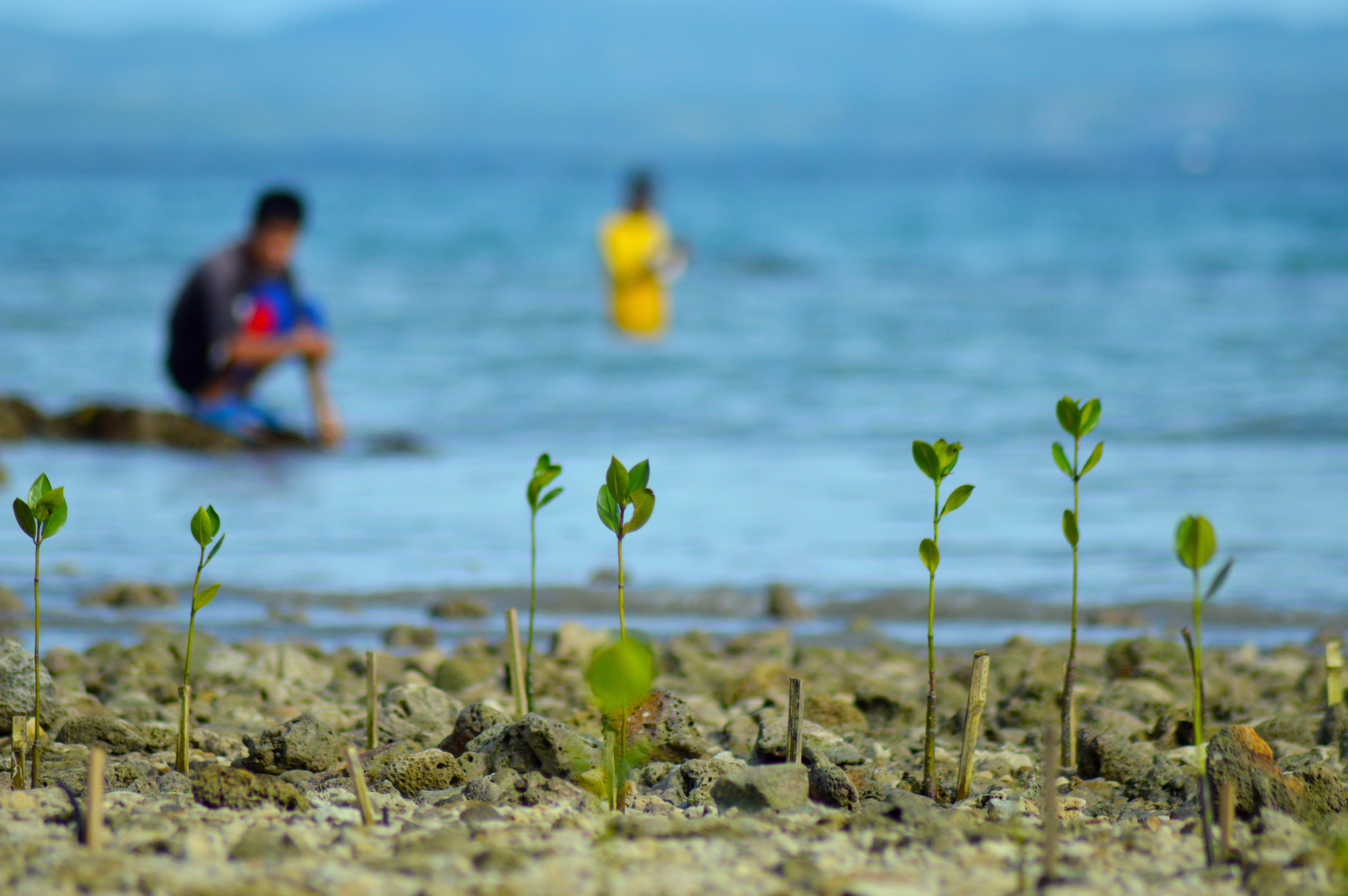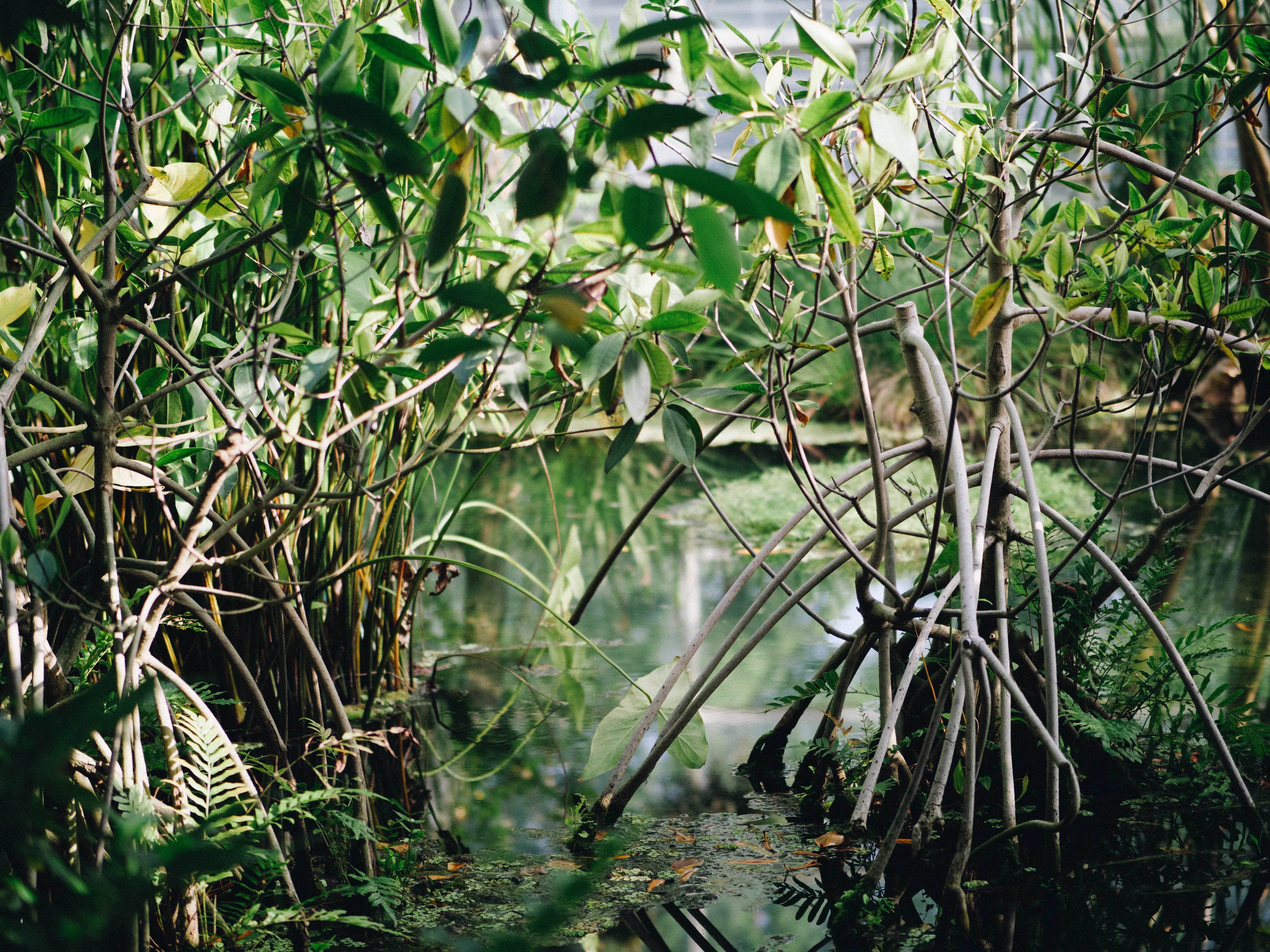Mangroves canopy
Mangroves are salt-tolerant evergreen tree- or shrub-dominated ecosystems that occur in intertidal environments at the land–sea interface along tropical and subtropical coastlines, shallow-water lagoons, estuaries, rivers and deltas. Mangroves cover an estimated 14.8 million hectares worldwide. Their structure, species composition and ecological characteristics vary widely, as do the ways in which they are used and otherwise valued by humans.
Mangrove ecosystems provide an array of essential ecosystem goods and services, which contribute significantly to the livelihoods, well-being, and security of coastal communities. Mangroves are recognized as an important ecosystem in the context of national and global development and environmental objectives, including the 2030 Agenda for Sustainable Development and the Paris Agreement. Despite the numerous benefits they offer, mangrove forests are among the most threatened and vulnerable ecosystems worldwide. The common underestimation of their ecological and socio-economic benefits often leads to their conversion, overexploitation and degradation. Moreover, anthropogenic damages to mangrove ecosystems are being exacerbated by the impacts of climate change.
Mangroves serve as habitats, spawning grounds and nurseries for fish, crustaceans and molluscs, including those that provide an important source of income for coastal communities. Mangroves also provide habitats for birds and other wildlife, supporting biodiversity conservation. Fallen leaves and other detritus produced by and washed out of mangrove forests provide a food base for animals such as crabs, clams, oysters, other sorts of shellfish, and bony fish, which, together, feed millions of people.

WEBSITE
Mangrove ecosystem restoration and management module
The module provides guidance for people interested in mangrove ecosystem conservation, restoration and management. It takes a holistic view, balancing the roles of the wide variety of goods and services provided by mangrove forests.

WEBSITE
Unlocking the secrets of mangroves
Discover surprising facts about this unique forest type, with a look at the innovative approaches used to uncover them.
Did you know?
Relevant links
- International Society for Mangrove Ecosystems
- Global Mangrove Alliance
- Global Mangrove Watch
- Mangrove Action Project (MAP)
- Mangroves for the Future
- Ocean Data Viewer
- Smithsonian Ocean
- The Blue Carbon initiative
- UN Environment Programme - World Conservation Monitoring Centre
- Wetland International - Mangrove Capital Programme
Contact
Mr Kenichi Shono
Forestry Officer
Forestry Division
Food and Agriculture Organization of the UN
Viale delle Terme di Caracalla
00153, Rome - Italy
email: [email protected]






